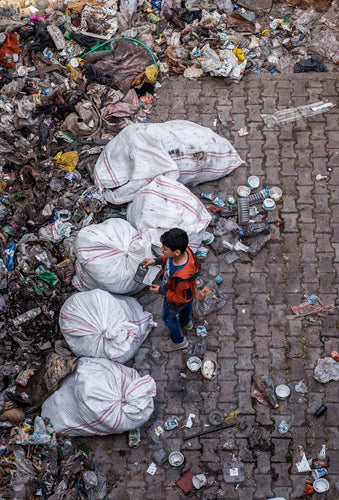It is easy to visualise plastic waste polluting the ocean, being eaten by animals, and eventually ending up in our dinner.
But how does plastic, especially single-use plastic, contribute to climate change?
Well, then we have to understand the effects of the plastic lifecycle.
- Plastic production: the annual emissions (2019) is comparable to 189 coal plants
- Incineration: this adds greenhouse gas emissions to the atmosphere
- Plastic recycling: this also adds greenhouse gas emissions
The entire plastic lifecycle contributes to emissions that in turn contributes to climate change.
A trip to a regular grocery store today will easily tell us how deeply plastic packaging is permeating our lives.
It is often used to wrap or contain anything from rice, pasta, vegetables, fruits, cereals, to detergents and more.
The more single-use plastic we use, the more we are contributing to emissions and climate change.
To combat climate change, one small step we can take now is to reduce our consumption of single-use plastic.
(A very simple way is to bring our own reusable bottles when buying beverages.)
And the entire fast-moving consumer goods industry has to be revamped to ensure sustainability.
Which is one single-use plastic you can do without from now?
—
P.S. Here are more resources on how plastic contributes to climate change:
- Plastic and Climate: The Hidden Costs of a Plastic Planet: a detailed report by CIEL (Center for Environmental Law)
- Plastic Waste and Climate Change – What’s the Connection? by WWF
(Photo by Emre Kuzu, Pexels)



